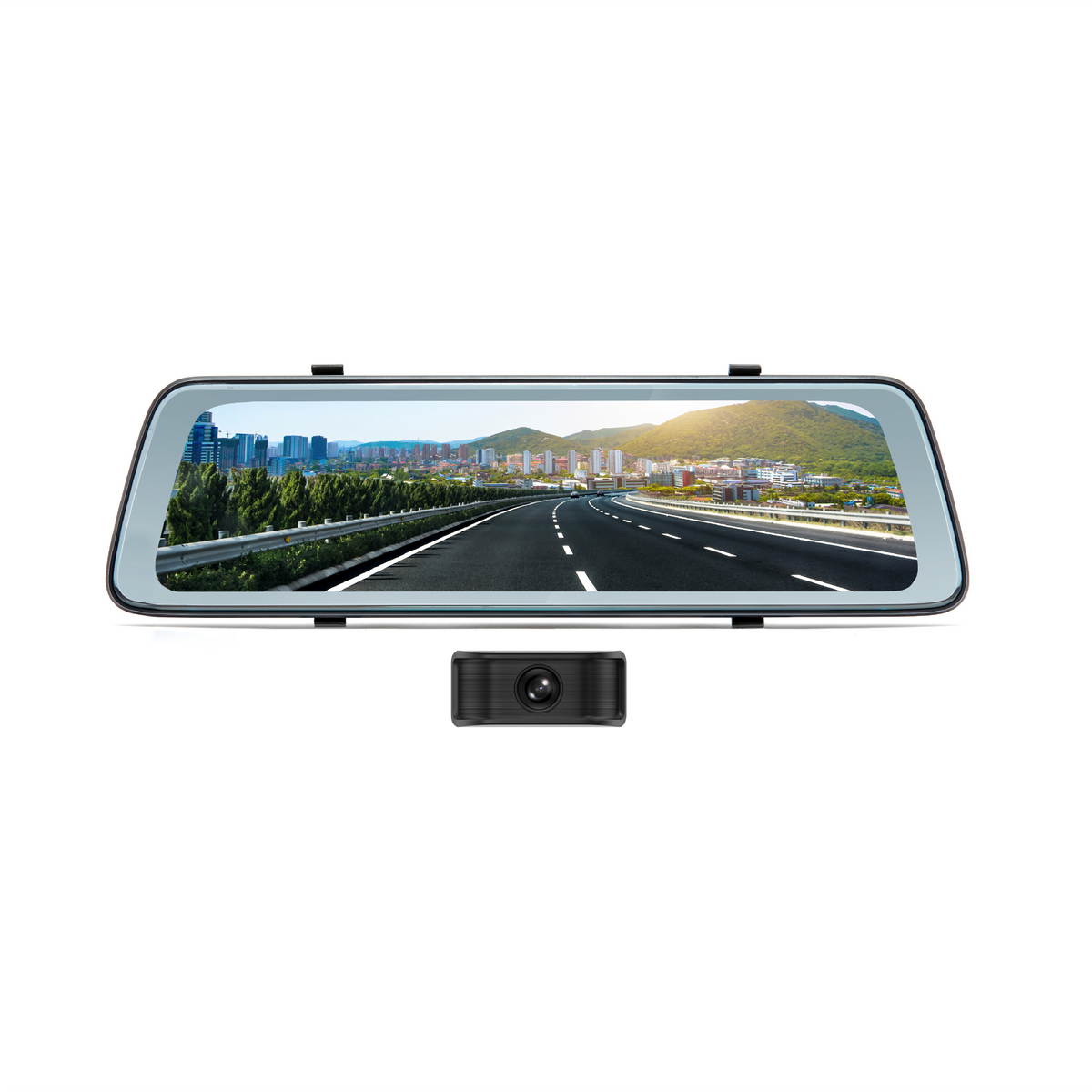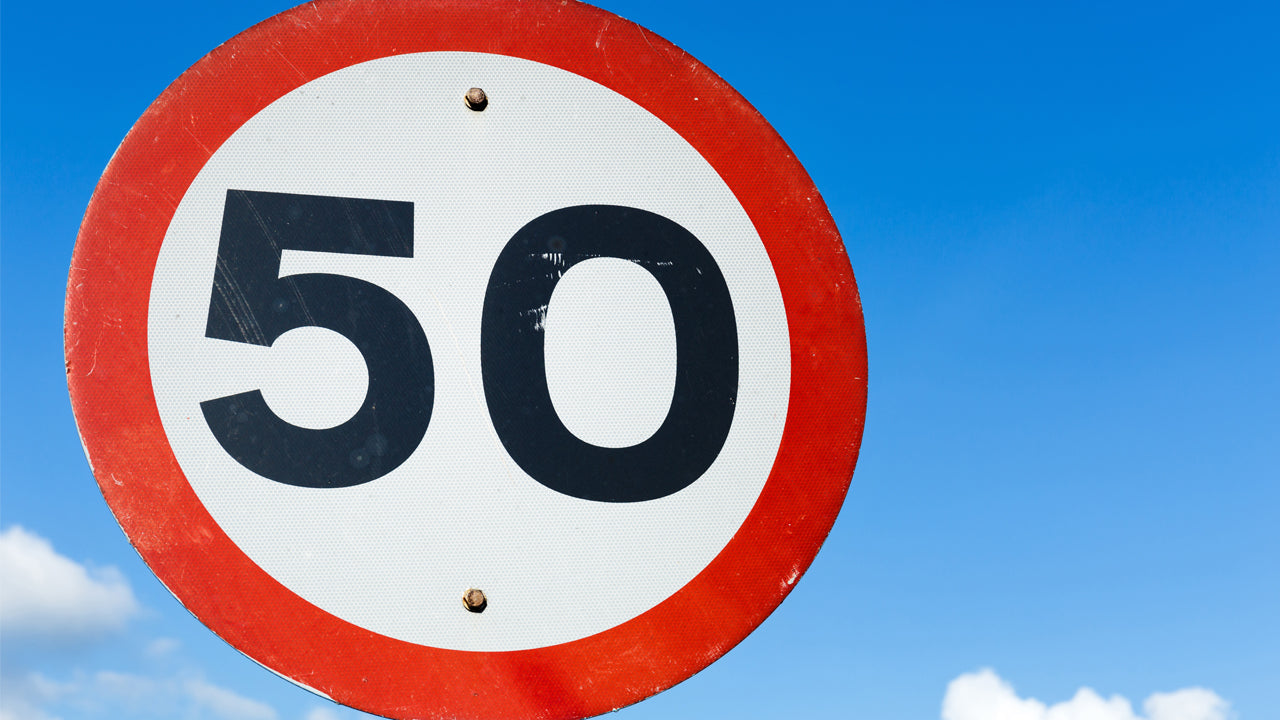As an intangible entity, speed limits are made up limits that we are expected to adhere to - but we're not physically limited to them. First born in the UK in 1865, the 10mph speed limit was introduced for any motorised vehicle - but was soon decreased to 4mph in rural areas and 2mph in towns, rising through the years as vehicles became faster and faster.
Join us with this article as we guide you through everything that you need to know about speed limits, from their conception, how they've changed over the years and where we can see speed limits heading.
How Speed Limits Came About
Speed limits, numerically introduced back in 1861, were born for safety reasons, as they are used for today, but much, much lower than what we're used to nowadays. This is primarily because the cars back then struggled to meet anywhere near the speed limit, but had to be limited for safety reasons (as an example, a steep decline of a hill). The initial speed limit for any motorised vehicle was 10mph, but was lowered to 4mph in rural areas and 2mph in towns.
The first non-numerical speed limit dates back to around 1652 in Amsterdam, where "road users" were limited to "a gallop" in their horse-drawn carts.
In 1896, the UK speed limit was then raised to 14mph, which came after the first conviction for speeding was recorded at 8mph.
1901 came about, and the USA introduced speed limits in Connecticut, setting the maximum legal speed to 12mph in cities and 15mph on rural roads. Speed limits then propagated across the United States; by 1930 all but 12 states had established numerical limits.
In 1903, in the UK, the national speed limit was then raised to 20mph, however, as this was difficult to enforce due to the lack of speedometers in vehicles, the 1930 "Road Traffic Act" abolished speed limits entirely.
Then, controversially, in 1934, a new limit of 30mph was imposed in urban centres, and in July 1967, a 70mph national speed limit was introduced, which is the speed limit as we know today.
What Speed Limits Are Today
From the Welsh urban areas to the German Autobahn, the speed limits of today range anywhere from 20mph, through to unlimited on the Autobahn. When we say unlimited, we do take that with a pinch of salt, as the advised speed is 80mph - but not limited to!
Typically in the UK, you have a few different reasons for a varied mix of speed limits, such as:
Built-up areas: built-up areas have a speed limit of 30mph, with Wales adopting a 20mph limit.
Single carriageways: single carriageways have a speed limit of 60mph for normal cars, vans or motorhomes less than 3 tonnes. For vehicles that're towing, small trucks, buses/coaches and motorhomes over 3 tonnes the speed limit is 50mph. For vehicles over 7.5 tonnes in Scotland cannot exceed 40mph.
Dual carriageways: dual carriageways have a speed limit of 70mph for normal cars, vans or motorhomes less than 3 tonnes. For vehicles that're towing, small trucks, buses/coaches and motorhomes over 3 tonnes the speed limit is 60mph. For vehicles over 7.5 tonnes in Scotland cannot exceed 50mph.
Motorways: motorways have a speed limit of 70mph for normal cars, vans motorhomes or small trucks (under 7.5 tonnes). For vehicles that're towing, larger trucks ( over 7.5 tonnes), buses/coaches that're over 12 metres in length, the speed limit is 60mph.
Local speed limits may be different from those set above, as these can be adjusted by local councils as deemed necessary.
What Will Happen To Speed Limits In The Future?
This is a tricky one, and is full of speculation as this could go either way.
Outcome #1: Higher Speed Limits
As vehicles develop over time, they become more and more economical, safer by using newer technologies such as ABS, automatic braking and collision avoidance, and the materials used provide better quality parts, such as stronger brakes and grippier tyres.
All of these intricate developments would technically allow for higher speed limits, as cars can now soar past 200mph, it would only make sense that speed limits can be increased, right? Not exactly, as the downside we see here is human behaviour.
Whilst new technologies and better parts exist, better reactions and human behaviour don't exactly match up, and these new technologies and parts should never be solely relied on, but more as an assistant.
Outcome #2: Lower Speed Limits
As we've seen with Wales, the speed limits can go in the opposite direction - lower. The reasons for this are simply safety and environmental. Lower speed limits means drivers aren't travelling as fast, meaning reaction times and time to stop are significantly reduced, whereas the environmental aspects relate to lower speeds equating to less emissions produced from driving around.
Which would your outcome be? Higher speed limits or lower speed limits?















